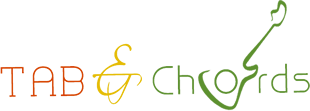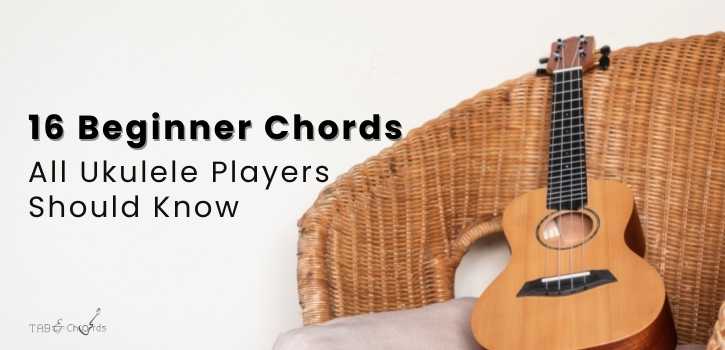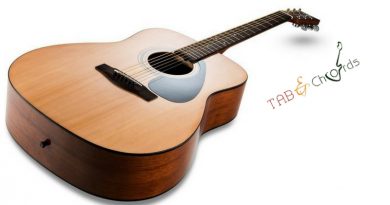16 Beginner Chords All Ukulele Players Should Know
If you are someone that has always wanted to learn and become a pro at playing a musical instrument but are not sure where to start, the ukulele might just be your best bet. Being small in size and lightweight, the ukulele is great for beginners. Aside from that, the ukulele comes with just four strings which means you will be able to play your favorite tunes without much difficulty as compared to other stringed instruments such as a guitar.
As a beginner, learning to play any kind of musical instrument can be very stressful, especially when you see others not struggling with it as much as you do. However, that is not the case, as with any new skill you might be learning, having difficulties initially is not a big deal. What really matters is that you need to keep practicing and polishing what you know.
In this article, we have compiled some basic but essential chords that every beginner should know in order to master the ukulele and become a competent player.
Before getting started, it is essential to make sure that you have got a good quality ukulele to practice on. With the cheap quality ukuleles, the sound result won’t be that good, and you might also have to tune it, which can hinder your learning experience repeatedly.
Tuning the ukulele
The most common way to tune the ukulele is G-C-E-A. The G string is the fourth string, followed by C, which is the third string, then comes E, the second string, and finally A string is the first string.
How to know if your ukulele is tuned properly
Failing to tune your ukulele properly means that the notes and chords that you play won’t sound that appealing to your ears. As a result, it is common for beginners to think that they are not good at playing the ukulele or that the ukulele is not the right instrument for them when in reality, it was the bad tuning that was to be blamed.
Most expert ukulele players have a habit of tuning their ukuleles before playing them; this is a very important step that all beginners should incorporate from the get-go. There are many ways to tune your ukulele, like using tuning apps or an electronic tuning device.
While tuning the ukulele, paying great attention to the sound is important. With practice, you will be able to adjust your ukulele with the help of your own ears, which will prove helpful in situations where you forget to bring your tuner.
Basic beginner chords and how to play them
When you are playing a chord on the ukulele, it is important to press all the strings together on the fretboard and not individually. To do this smoothly without shifting your fingers much, you need to memorize the chord shapes. This will help you with smooth execution while playing, and it will also develop your ear. Mastering this will also allow you to play the chords without the help of a chord chart, and you also won’t have to worry about whether or not your fingers are placed correctly on the strings.
- C Major chord
Place your ring finger on the 3rd fret of A string.
- A Minor Chord
Place your middle finger on the 2nd fret of the G string.
- F Major Chord
Place your index finger on the 1st fret of the E string and place your ring finger on the 2nd fret of the G string.
- G Major Chord
Place your index finger on the 2nd fret of the C string, your ring finger on the 3rd fret of the E string, and your middle finger should go on the 2nd fret of the A string.
- A Major chord
Place your index finger on the 1st fret of the C string and place your middle finger on the 2nd fret of the G string.
- E Minor Chord
Place your index finger on the 2nd fret of A string, your middle finger on the 3rd fret of E string, and then place your ring finger on the 4th fret of C string.
- D Major Chord
Place your index finger, middle finger, and ring finger on the 2nd fret of the G, C & E strings.
- D Minor Chord
Place your index finger on the 1st fret of the E string, your middle finger on the 2nd fret of the G string, and your ring finger should be placed on the 2nd fret of the C string.
- E major Chord
Place your index finger on the 1st fret of the G string, your middle finger on the 2nd fret of the A string. Put your little finger on the 4th fret of the C string.
- F#/Gb Minor Chord
Place your index finger on the 1st fret of the C string. Put your middle finger on the 2nd fret of the G string, and your ring finger should go on the 2nd fret of the E string.
- B Minor Chord
Place your index finger on the 2nd fret and press the C, E, and A strings together; put your ring finger on the 4th fret of the G string.
- C Minor Chord
Place your index finger on the 3rd fret and press on the C, E, & A strings together.
- G Minor Chord
Place your index finger on the 1st fret of the A string, your middle finger on the 2nd fret of the C string, and your ring finger on the 3rd fret of the E string.
- G7 Chord
Place your index finger on the 1st fret of the E string, your middle finger on the 2nd fret of the C string, and put your ring finger on the 2nd fret of the A string.
- C7 Chord
Place your index finger on the 1st fret of the A string.
- A7 Chord
Place your index finger on the 1st fret of the C string.
Although learning to play the ukulele is considered an easier task, you still have to remember that mastering it won’t happen overnight. For that, you need to keep in mind some tips such as:
- Being consistent with your practice and being patient
- Maintaining a good posture while playing is important
- Daily finger exercises so that you can play faster and for longer periods
- Watch videos online and learn different ways of playing




